![]() © Ger de Bruyn
© Ger de Bruyn
Many people will remember the historic, iconic, photograph taken in 1911 at the first Solvay conference on physics: it hosted many of the key players in physics at the start of the 20th century (e.g. Planck, Lorentz, Einstein, Mme Curie, Kamerlingh Onnes, de Broglie, etc; see the inset). Many famous Solvay conferences followed, e.g. the one in 1927 which included Lorentz, Einstein, Born, Bohr, Dirac, Pauli, Heisenberg and Schrodinger to name a few. That was the 5th conference in the series and also the last one chaired by Lorentz who played a key role as the driving force and chairman during this whole period.
Ever since, the Solvay conferences have had the name of being the most prestigious conferences in physics. They have addressed fundamental problems in (quantum) physics and chemistry. The theme of the 26th Solvay conference, which was held from 9-11 October 2014, was 'Astrophysics and Cosmology'. So when Roger Blandford invited me, as well as my colleague Saleem Zaroubi, to participate in this meeting I did not have to think long ! The meeting took place at the Metropole Hotel in Brussels, where all Solvay conferences were hosted. The 2014 meeting was only the 4th Solvay meeting on astrophysics, the last one being held in 1973, 41 years ago ! Only two persons (Ed van den Heuvel and Martin Rees) were present at both meetings and reminisced about it at the conference banquet.
A total of five 'hot' themes were discussed: Neutron Stars, Black Holes, Cosmic Dawn, Dark Matter and the Microwave Background; for each half a day was set aside. The format of Solvay conferences is notably different from that of 'ordinary' conferences. All topics were introduced in 30 min presentations by two rapporteurs who each reviewed the developments in the field from their perspective, followed by discussion. After a coffee break about 5-6 short invited contributions, each 5 min maximum, were then addressing recent and special developments in that field. Only one slide could be shown during these short presentations !
There were some interesting rules for the conference: all participants had to sign up for the full three days and laptops were not allowed to be open during the session, to assure the undivided attention of all participants. Very refreshing and stimulating indeed ! The conference room was also unusual: the 60-odd participants were seated around a large rectangular open space where 7 high quality LED screens and a rotatable camera were located to give a close up view for all participants. There were lots of high level and occasionally exciting, discussions in all sessions and I personally learned a lot about the state of the various fields and where they are heading.
From the Netherlands the following people were present: Ed van den Heuvel (chair of the Neutron Stars session), Ralph Wijers, Conny Aerts, Saleem Zaroubi and myself. In addition Robbert Dijkgraaf, former president of the KNAW, was present (he is also a member of the Solvay Board).
My 1-slide, 5-min contribution in the Cosmic Dawn session included a brief report on the status and first results of the LOFAR Epoch of Reionization project. Much to our regret, we could not yet report that we had detected the feeble signals from redshifted hydrogen. However, we could tell the assembled audience that we are getting close.
The conference summary was remarkable too: each participant was requested to summarise her or his impressions, in just 15 s. A lot of people looked forward to results from the Cosmic Dawn period, and many trusted that the next conference on astrophysics would not take another 41 years. The proceedings, including the recorded discussions, will be published.
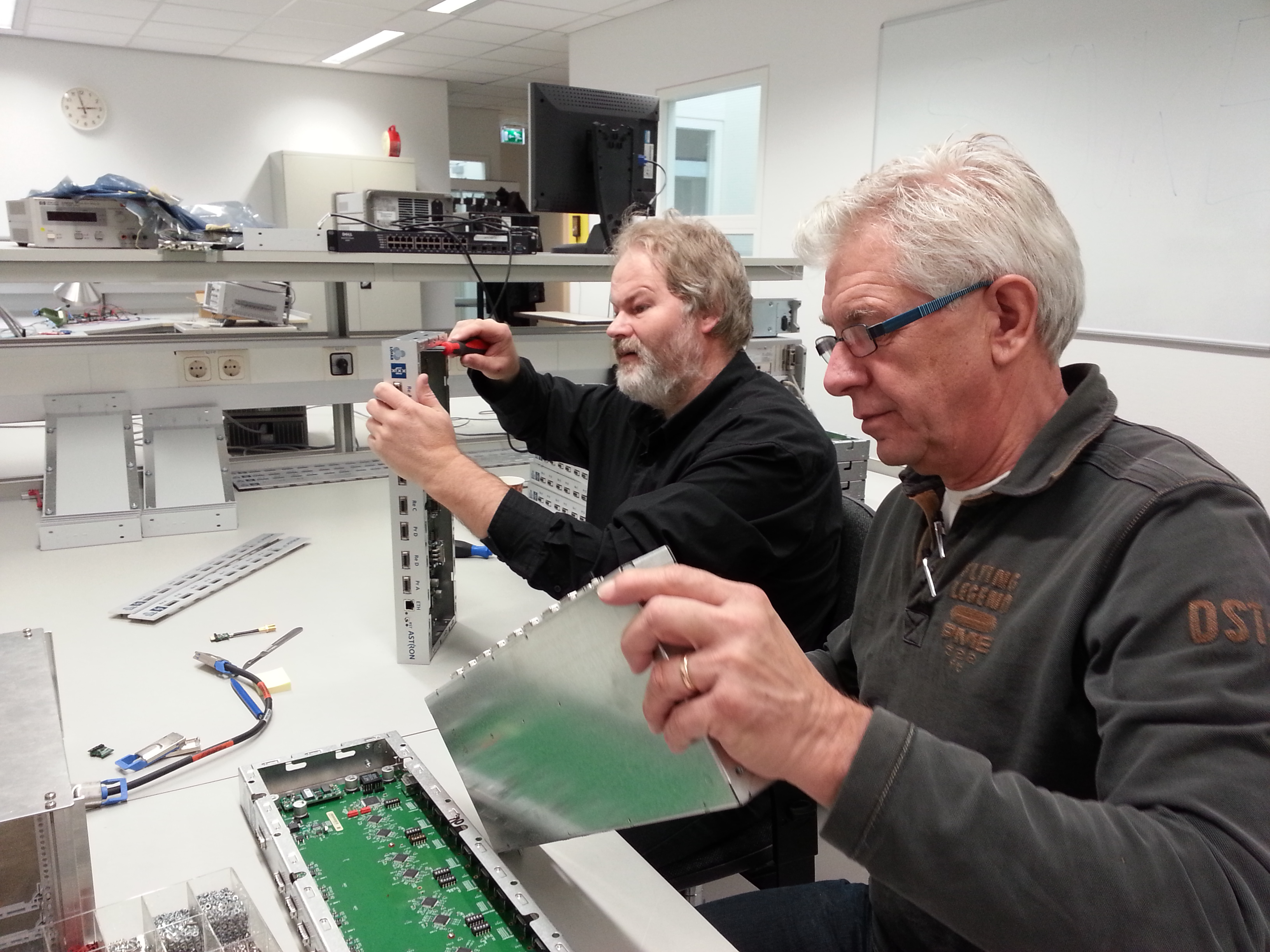 © ASTRON
© ASTRON © ASTRON
© ASTRON © ...
© ...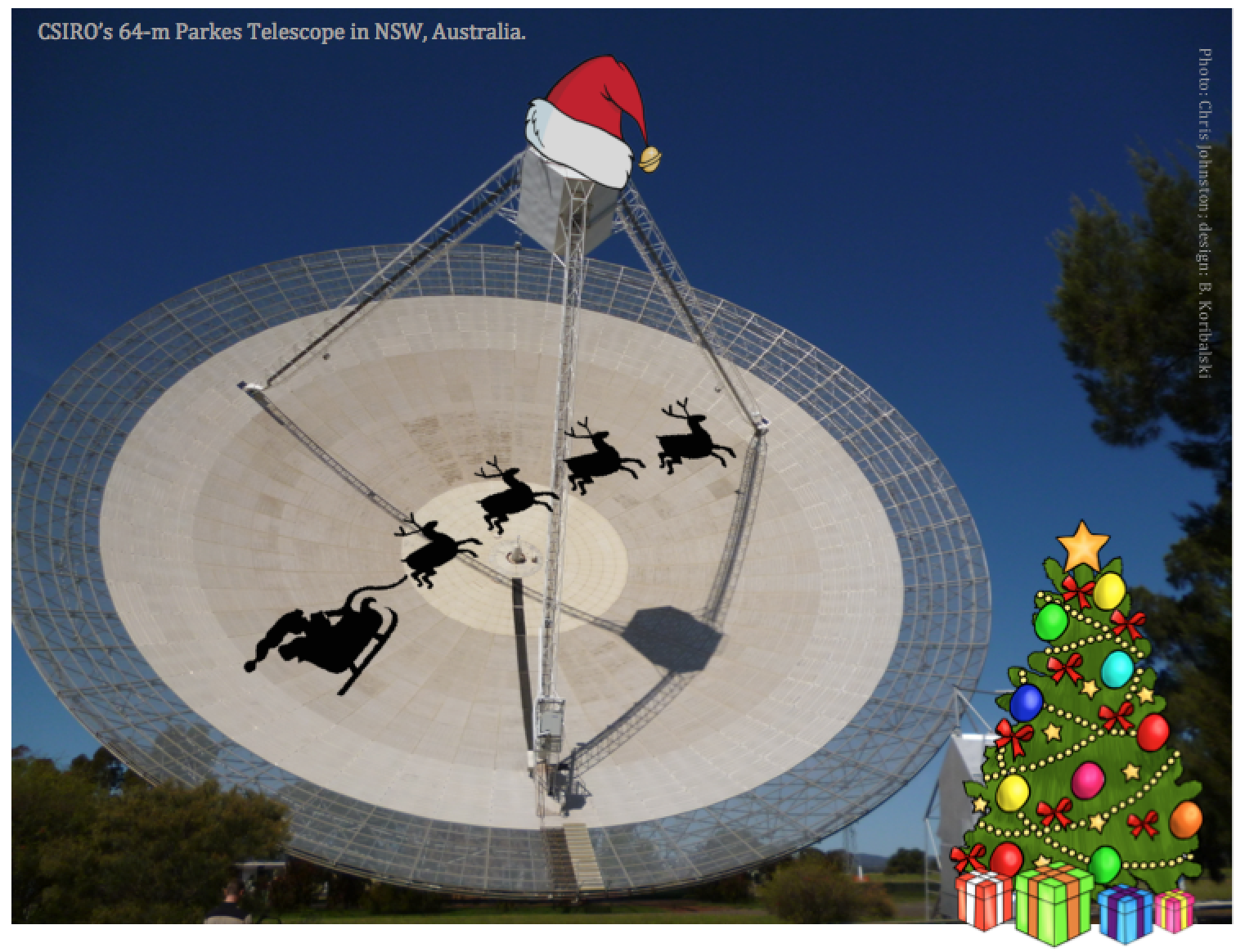 © ATNF
© ATNF © Laura Driessen
© Laura Driessen © ASTRON/ICRAR
© ASTRON/ICRAR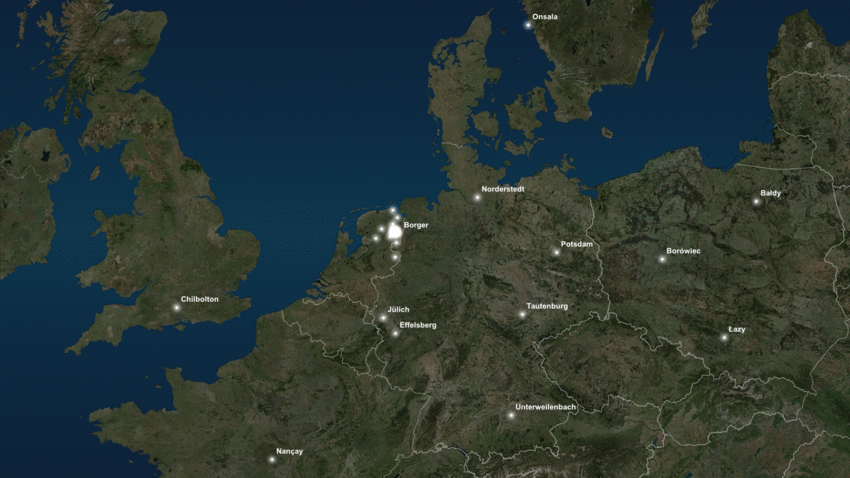 © Background (c) Microsoft
© Background (c) Microsoft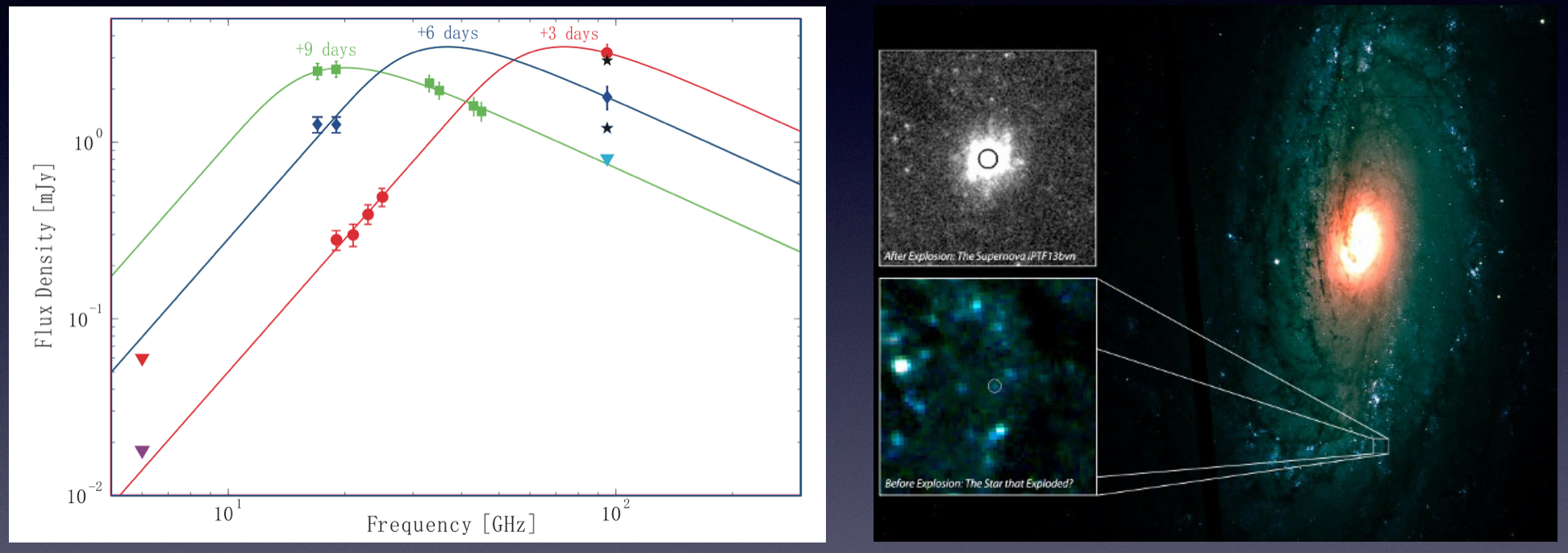 © AH
© AH © astron
© astron © Madroon Community Consultants (MCC)
© Madroon Community Consultants (MCC)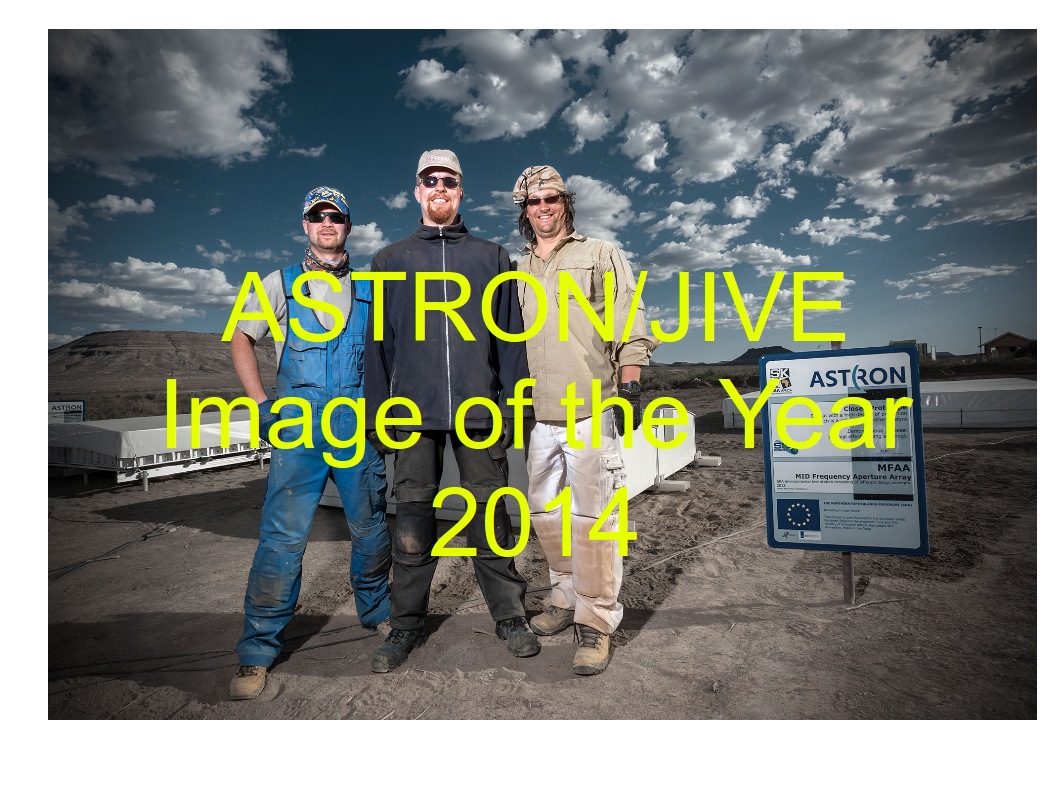 © ASTRON
© ASTRON © http://arxiv.org/abs/1412.4867
© http://arxiv.org/abs/1412.4867 © Madroon Community Consultants (MCC)
© Madroon Community Consultants (MCC) © Ger de Bruyn
© Ger de Bruyn © Todd Mason, Mason Productions Inc. / LSST Corporation
© Todd Mason, Mason Productions Inc. / LSST Corporation  © ASTRON R&D MT
© ASTRON R&D MT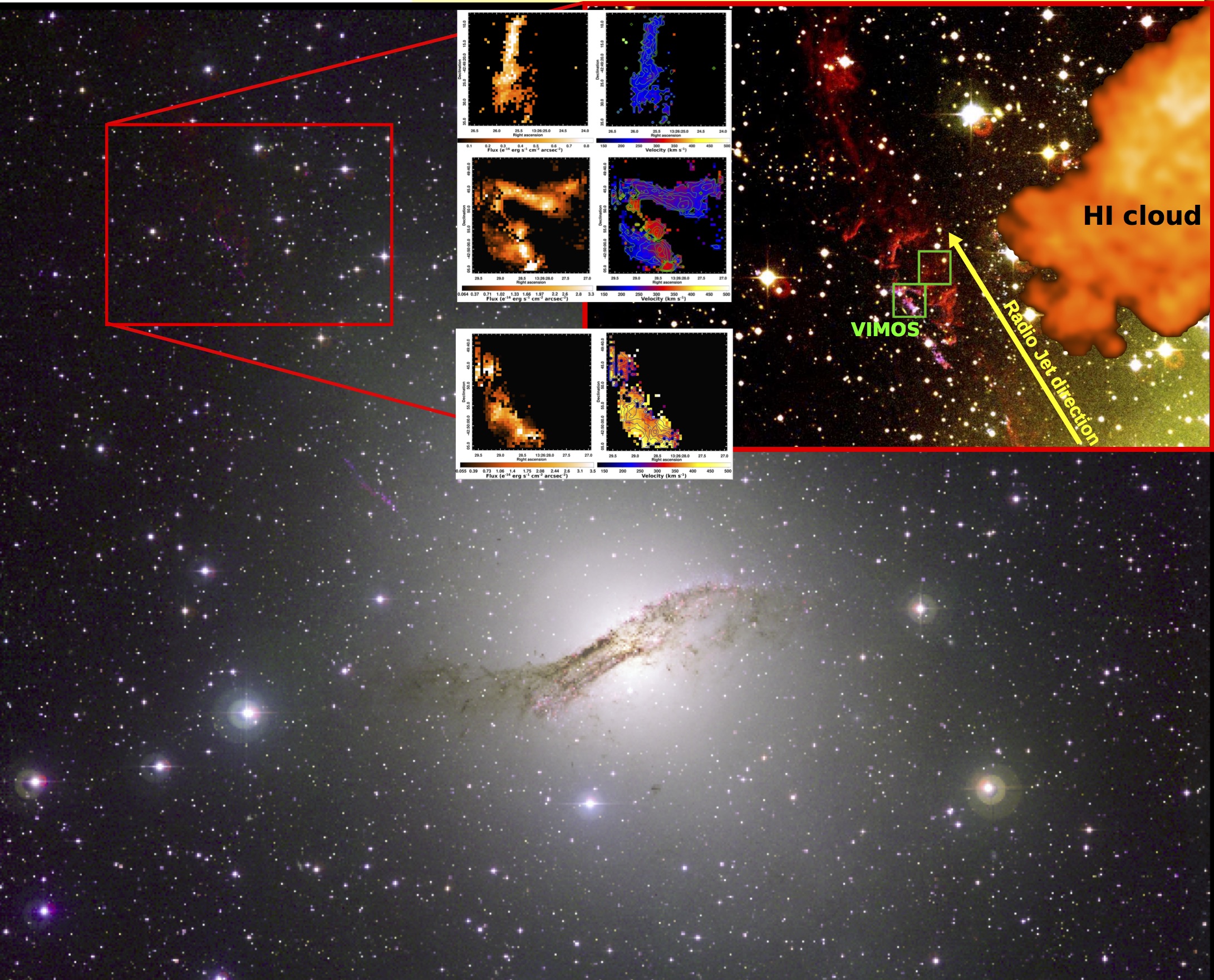 © astron
© astron © JvL
© JvL © Image Credits: NASA, ESA, S. Baum and C. O'Dea (RIT), R. Perley and W. Cotton (NRAO/AUI/NSF), and the Hubble Heritage Team (STScI/AURA)
© Image Credits: NASA, ESA, S. Baum and C. O'Dea (RIT), R. Perley and W. Cotton (NRAO/AUI/NSF), and the Hubble Heritage Team (STScI/AURA) © Madroon Community Consultants (MCC)
© Madroon Community Consultants (MCC)







